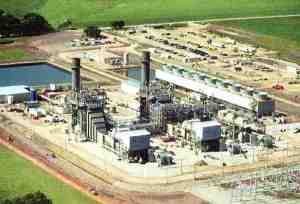In response to the continuing decline in the bee population globally, an interesting and timely film documentary by Markus Inhoof brings attention to the phenomenon of colony collapse disorder— the name given to this occurrence. This film notes that 80% of plant species require bee pollination to survive, and without the necessary pollination, “most fruit and vegetables could disappear from the face of the earth”. Additionally, the honeybee is “as indispensable to the economy as it is to man’s survival”.
In this film, Inhoof takes a close look at honeybee colonies in California, Switzerland, China and Australia. He examines several agents responsible for “weakening of the bees’ immune defense“, including pesticides and medicine used to combat them, parasites (notably Varro mites), new viruses, traveling stress and the “multiplication of electromagnetic waves disturbing nano particles found in bees’ abdomen.
A particularly interesting finding shown to negatively impact the lives of bees is “factory farming“. Beekeeping for the production of honey, beeswax, royal jelly and other products has become very popular in the past few years. Bee farmers rely on factory-farmed honeybees, resulting in an annual production of 176 million pounds of honey with a value greater than $250 million. To accomplish this goal, honeybees are manipulated with exploitation of their “desire to live and protect their hives”. They are subjected to unnatural living conditions, genetic manipulation and stressful transportation“. The white boxes traditionally used for beehives since the 1850s have been “moved from shapes that accommodated their own geometry to flat-topped tenements, thereby sentencing the bees to life in file cabinets. Additionally, beekeepers also clip the wings of new queens to prevent the natural division of hives upon the birth of a new queen that would result in a decline in the honey production.
All of these factors stress the bee population and could serve as a threat to mankind’s very existence because of the need for these very important pollinators to remain in existence.
To date, the documentary, More Than Honey, has received good reviews, particularly in regards to its beautiful nature photography. This is just one story about human invasive practices that threaten our food supply, and it is a very important one that cautions us to remain ever mindful of our need to ensure that we protect our environment and our food supply. To do so is to live green, be green.
_____________________
Source for this article:



